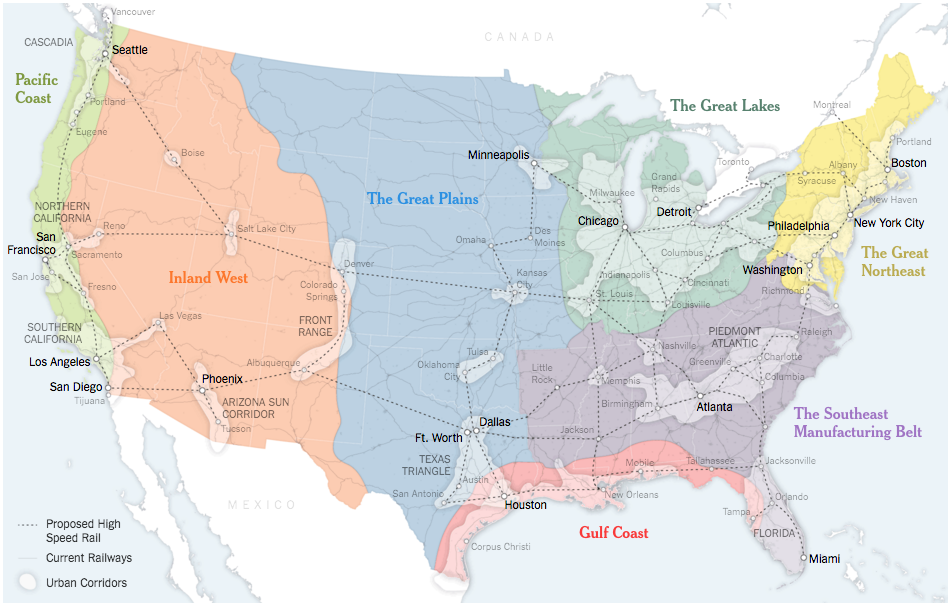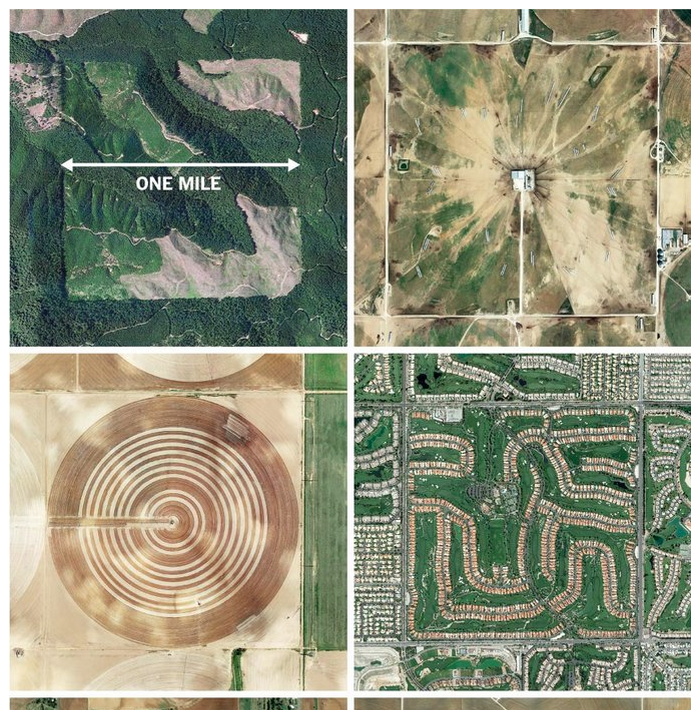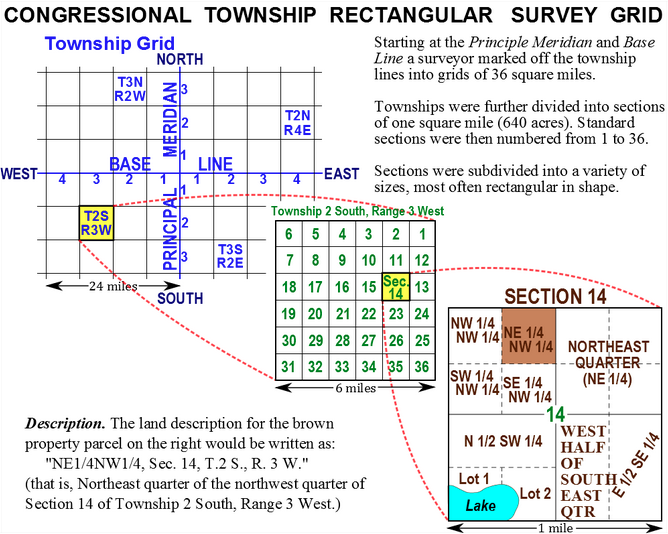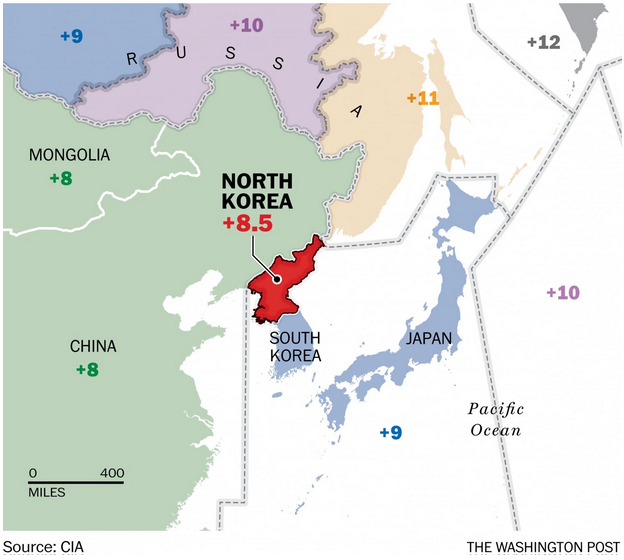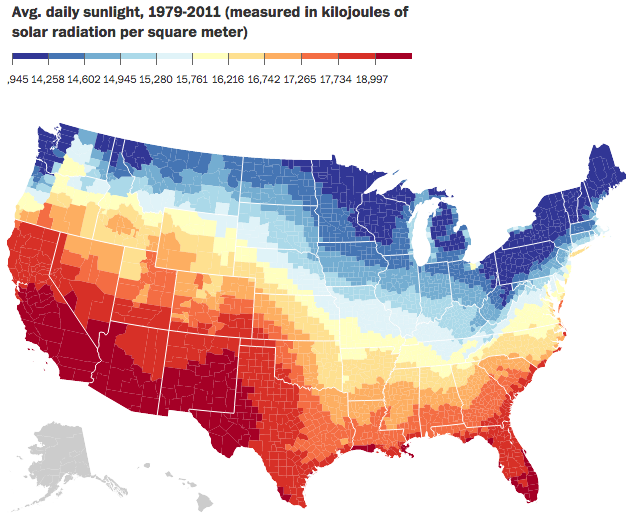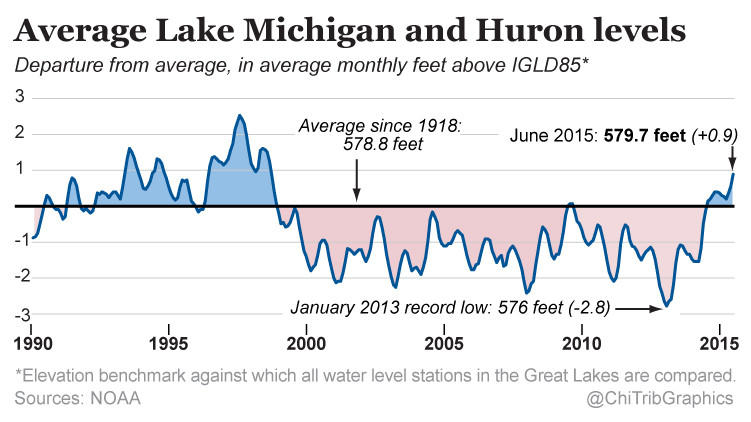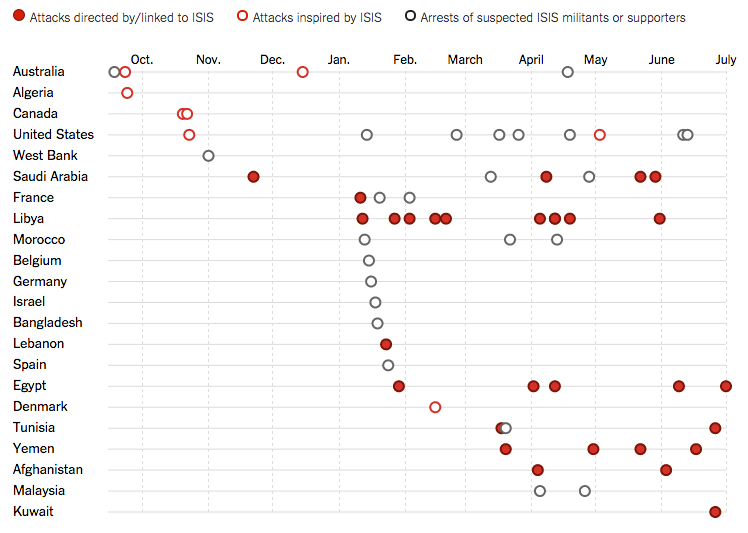Again, the election is next week. And since I have moved from Chicago to Philadelphia, I now find myself in a contested state. This piece comes from the New York Times and explores the polling results across the blue-leaning-but-still-a-swing-state. I find it particularly interesting just how much red and purple there is in the suburban counties of Delaware, Chester, Montgomery, and Bucks all surrounding Philadelphia. But that will only make my vote matter more than it would have had were I still living in Chicago.
But you should also check out the piece for some updates on the Senate race we have going on here. The Republican Pat Toomey is running for re-election against the Democrat Katie McGinty. The race can be described as a tossup as the polls seem to be flipping back and forth. But there is some interesting polling data to be found in the article.
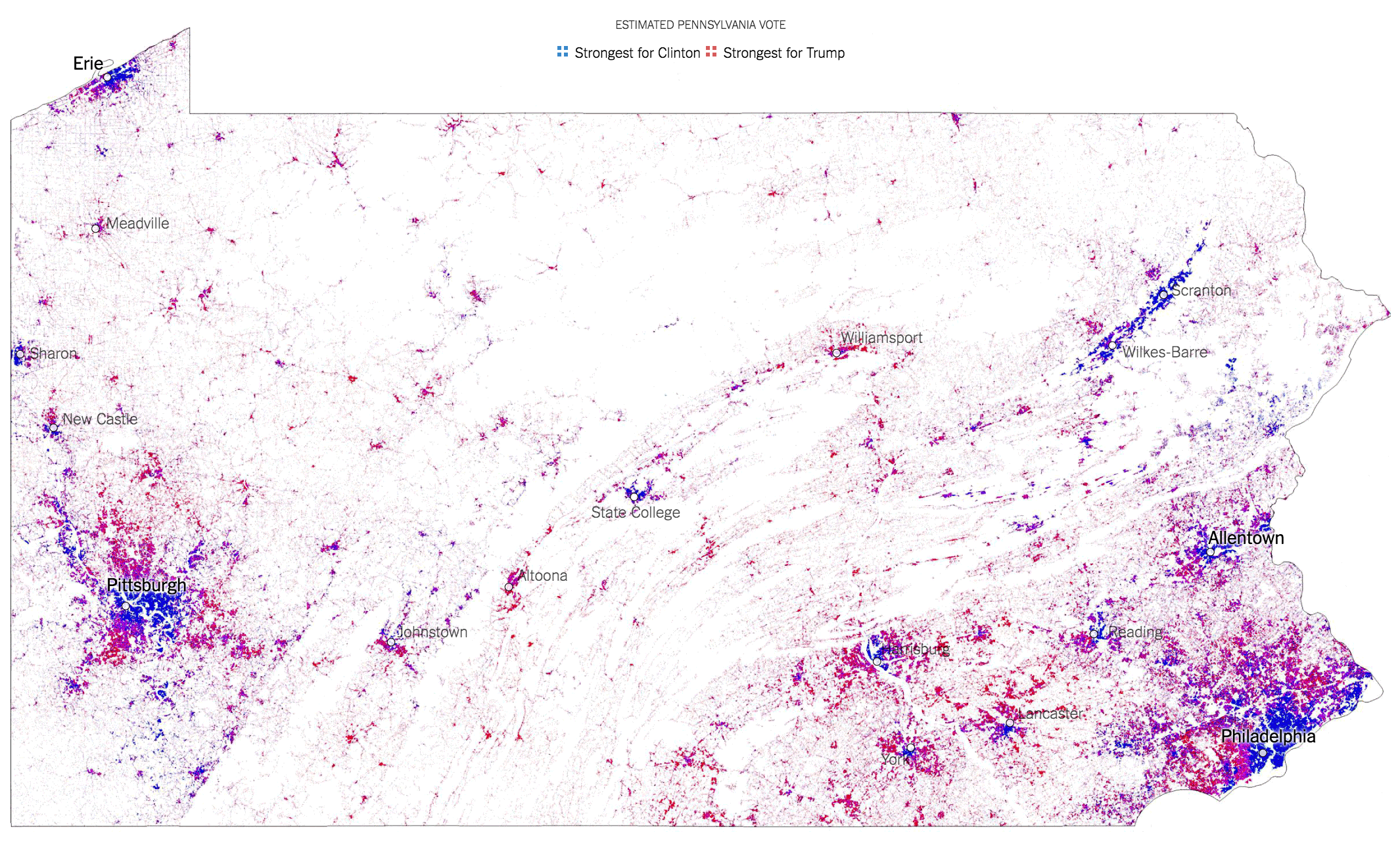
In about a week we will see just how Pennsylvania goes for both the presidential election and the Senate election.
Credit for the piece goes to Nate Cohn.


